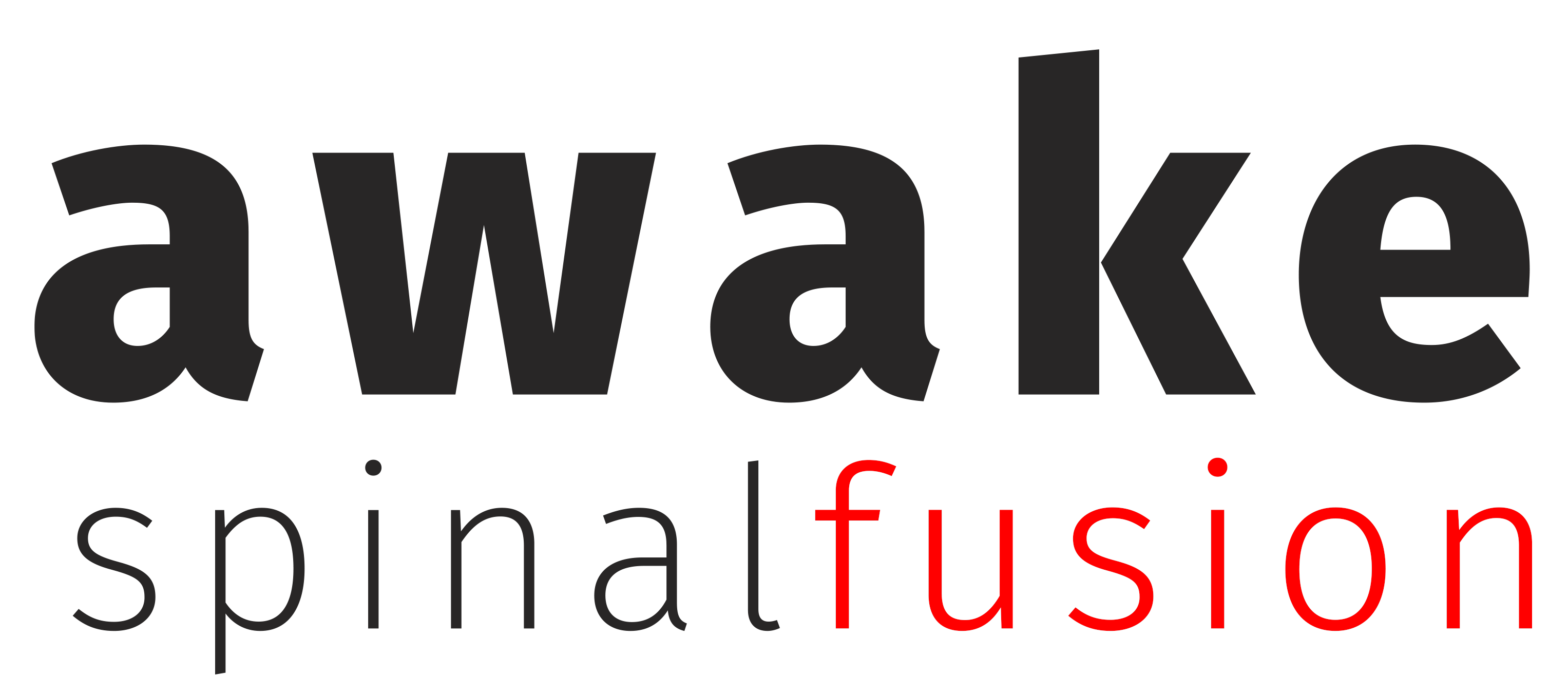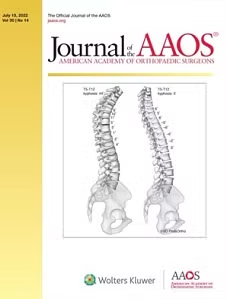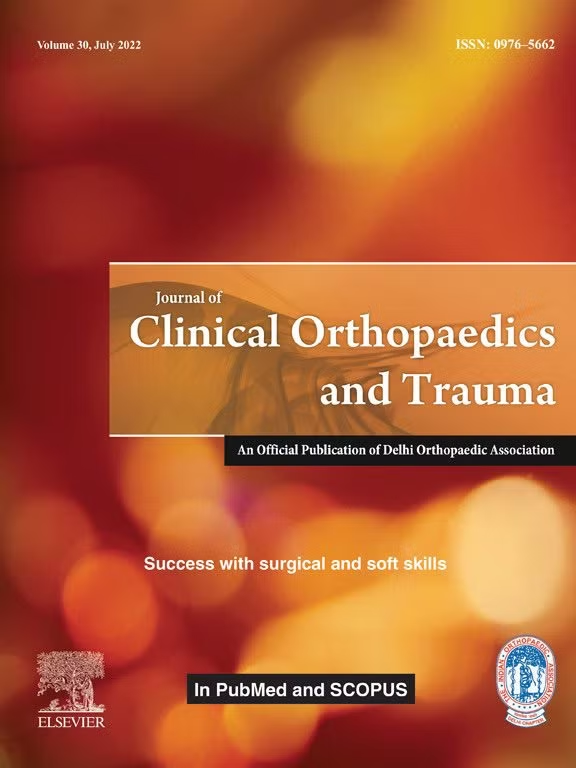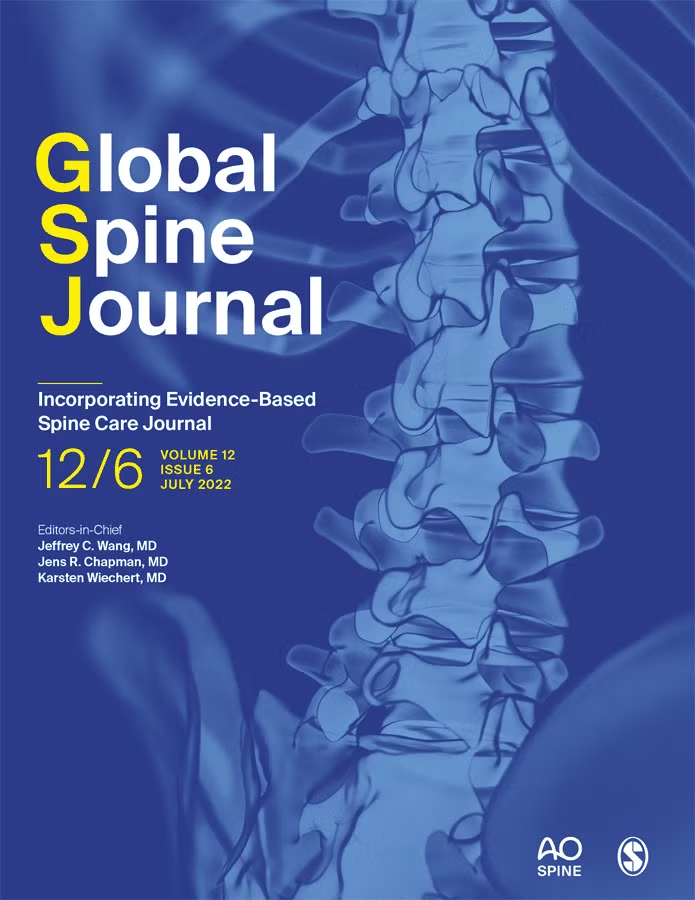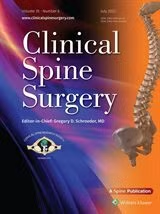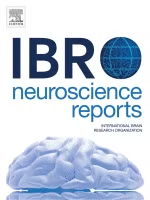Spinal Stenosis Treatment and Surgery
Spinal stenosis is a condition where the spaces within your spine narrow, which can put pressure on the nerves that travel through the spine. This pressure can cause pain, numbness, or muscle weakness, usually in the legs. Treatment for spinal stenosis varies depending on its severity and the affected area of the spine.
Causes of Spinal Stenosis
The most common causes include:
Age: As we age, our spine changes. This can lead to a narrowing of the spaces within the spine.
Osteoarthritis: Over time, the cartilage that cushions your vertebrae can wear away, leading to spinal stenosi
Tumors: Abnormal growths can form inside the spinal cord or between the spinal cord and vertebrae.
Trauma:Accidents and injuries can dislocate or fracture vertebrae.
Bone Diseases: Diseases like Paget’s disease can lead to spinal stenosis.
Non-Surgical Treatments
- Medications: Over-the-counter pain relievers, such as ibuprofen or naproxen, can reduce pain and inflammation.
- Physical Therapy: Physical therapists can teach exercises to help maintain the flexibility and strength of your spine
- Steroid Injections: Corticosteroid injections can reduce inflammation and relieve pain, but their effectiveness can vary.
- Alternative Therapies: Acupuncture, massage, and chiropractic treatments can also provide relief for some patients.
Surgical Treatments
Surgery might be considered if other treatments haven’t helped or if you’re disabled by your symptoms. Common surgical procedures include:
- Laminectomy: The back part (lamina) of the affected vertebra is removed.
- Laminotomy: Only a portion of the lamina is removed.
- Laminoplasty: Performed only on the vertebrae in the neck, it creates more space for the spinal cord and roots.
- Foraminotomy: The bone at the sides of the vertebrae is trimmed away to widen the space where nerve roots exit the spine.
- Spinal Fusion: Fuses two or more vertebrae to stabilize the spine.
Recovery and Post-Op Care
After surgery, a comprehensive post-operative plan is crucial for a successful recovery. This often includes:
Conclusion
While spinal stenosis can be debilitating, a combination of non-surgical and surgical options is available to alleviate pain and improve the quality of life. It’s essential to consult with a spinal specialist to determine the best treatment plan for your specific condition.
